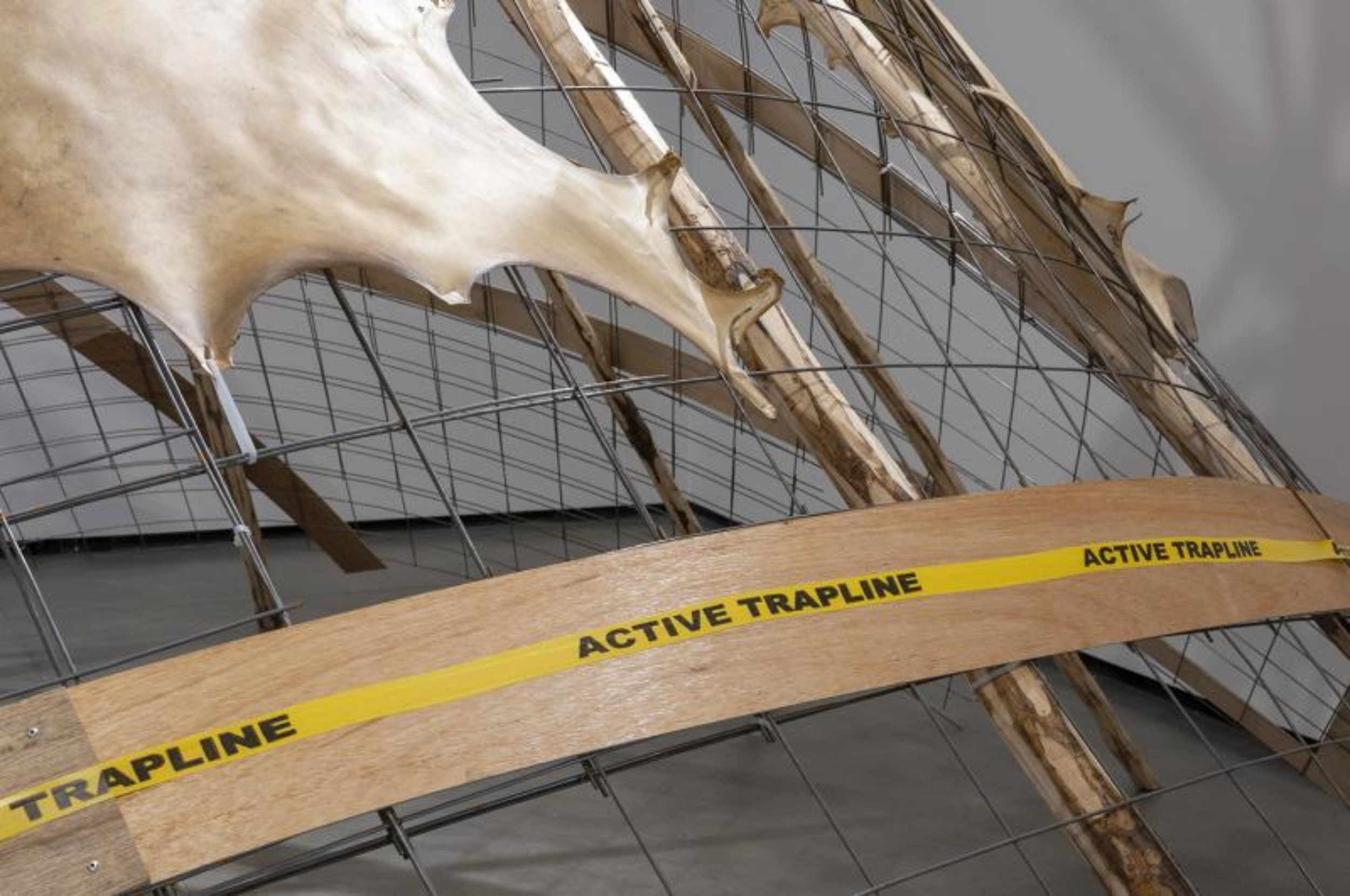S.J. White, "Unsettling Reflections: The Reflexive Practitioner as ‘Trickster’ in Inter-Professional Work," in Critical Reflection in Health and Social Care, ed. J. Fook and F. Gardner (Maidenhead: Open University Press, 2006).
Paulo Freire, Pedagogy of the Oppressed (New York: Continuum, 1968).
Juhani Pallasmaa, Eyes of the Skin: Architecture and the Senses (Chichester: Wiley Academy, 2005).
Henri Lefebvre, The Production of Space (Hoboken: Wiley-Blackwell, 1992).
Leonie Sandercock, "Voices from the Borderlands: Meditations on a Metaphor," in Journal of Planning Education & Research 14, no.2 (January 1995): 77-88.
K. Jake Chakasim, "Towards an Indigenous Planning Praxis: Resilience Personified" (unpublished manuscript, 2018).
Robin Wall Kimmerer, Braiding Sweetgrass: Indigenous Wisdom, Scientific Knowledge, and the Teachings of Plants (Minneapolis: Milkweed Editions, 2013).
The Cree term kiwepakitinikewin describes “the act of share something and become larger in the process.” It expands the person in its exercise.
Kenneth Frampton, “Towards a Critical Regionalism: Six Points for an Architecture of Resistance,” in Hal Foster, Anti-Aesthetic: Essays on Postmodern Culture (Seattle: Bay Press, 1983).
Alana Craigen, "For a Truly Circular Economy, We Need to Listen to Indigenous Voices," United Nations Development Programme, November 11, 2021, ➝.
Erich Jantsch, Design for Evolution: Self-Organization and Planning in the Life of Human Systems (New York: George Braziller, 1975).
